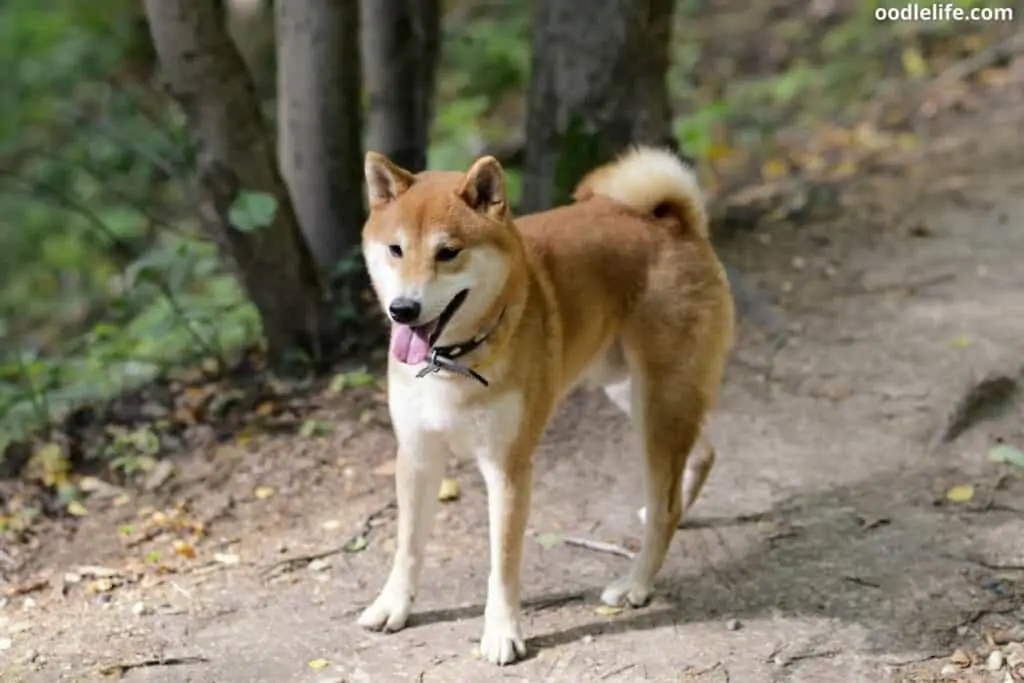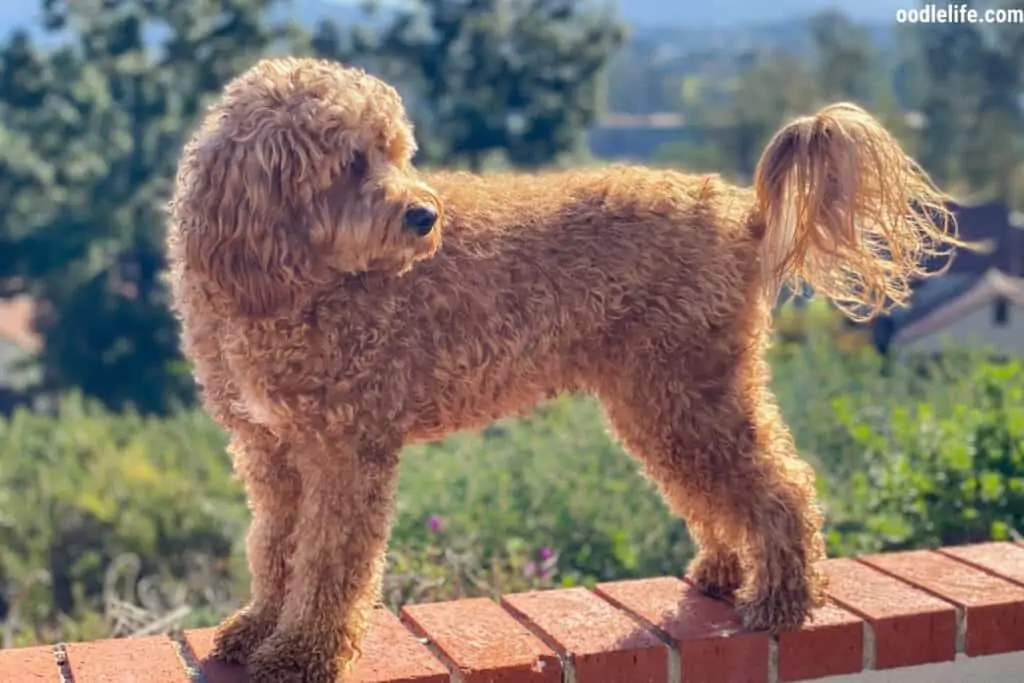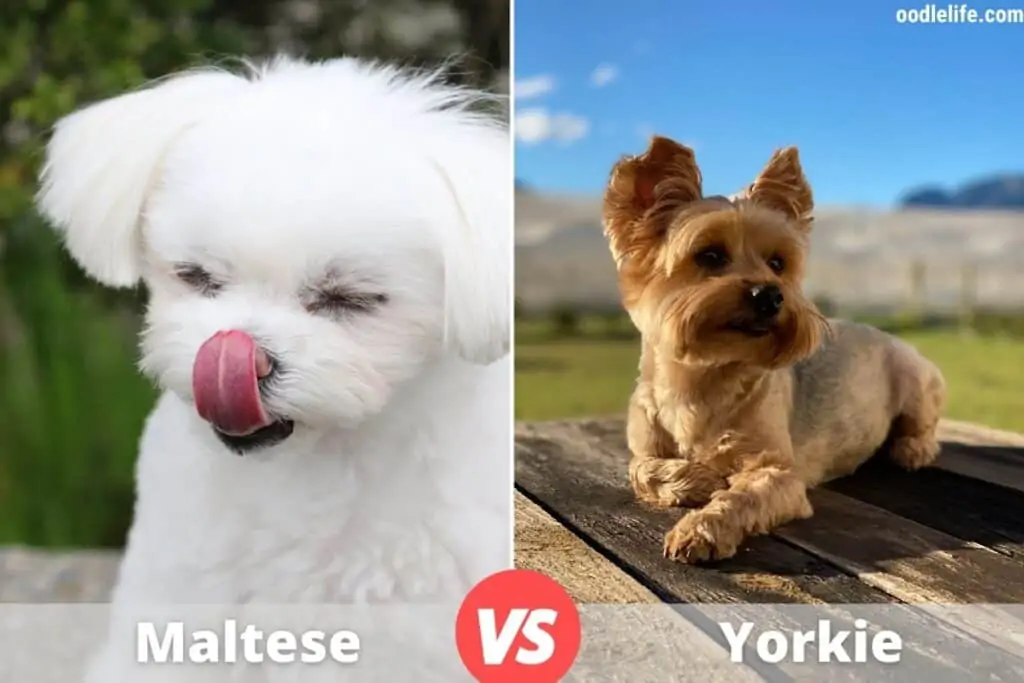Introducing a New Dog to a Jealous Dog
Nearly all pet owners will agree that dogs experience a range of positive and negative emotions. Therefore, despite being the first of its kind, it was no surprise that a study released in 2014 from the University of California San Diego claimed that dogs could feel and express jealousy.

Thirty-six dogs participated in the study, and recordings showed the dogs engaging in specific behaviors that dog experts and owners describe as jealous behavior.
During the experiment, study leaders asked the pet owners to ignore their dogs and give attention to three objects, one at a time, as if they were interacting with another dog.
The objects were a musical book, a plastic pumpkin with a jack-o-lantern face, and a toy dog that could move and make noise. What resulted was a range of responses that a jealous dog is likely to exhibit when noticing that another dog is getting more attention from its owner.
So what can you expect when introducing a new dog to a jealous dog? And what is the best way to do it? First, make sure you have an understanding of what is involved.
Physical and Emotional Concerns

Unlike the jealously that humans feel, researchers propose that jealousy in dogs can stem from deeper primal roots, like the triangle of siblings competing against one another for access to parental resources or approval.
While dogs can be very accepting, it may take time to stop all jealous behaviors entirely, so patience is essential for smooth transitions.
Dogs that are in emotional distress will typically give these clear signals:
- Whining
- Curled lips
- Raised tails
- Growling
- Nipping or biting
Rember, dogs are pack animals, meaning that it’s more natural for dogs to protect and defend their bond to you. A dog showing these actions lets you know they sense the newcomer as a threat and have fallen back on primal logic.
Breed Temperaments and Sizes
The study engaged a wide range of dog breeds from Dachshunds and Maltese poodles to Shelties and Malinois. Knowing your dog’s temperament is going to be paramount to introducing new dogs and other animals, so if possible, begin to socialize your dog early.
Maybe your dog is on the smaller side and acts jealous when it feels threatened by larger dogs that step into its territory. Perhaps your dog is on the larger size and gets anxious or nervous when another smaller (and more excitable) dog is underfoot.
What behaviors have you noticed? How do you usually respond when they act jealous?
Try to make yourself aware of how your dog interacts with others when you aren’t giving your dog any attention. For example, when you go for a walk around the neighborhood, does your dog appear hesitant or full-on defensive when another dog approaches? Are they more accepting if the other dog is within their same size?
What to Expect

Dogs do not have filters on their emotions. When they love you, they do so with unconditional abandonment and joy. And when they believe they are protecting you, they will be just as diligent.
You might notice that your thoughts of how the interaction will evolve might keep your mind busy. That is because the way you act during the situation is integral to how your jealous dog perceives interactions should be with a new dog. Make sure you appear calm and patient, speaking any commands in a clear and firm tone of voice.
Do not be disappointed if your dog does not respond like those on social media that grew up around baby chicklets. Your dog has healthy natural boundaries that have nothing to do with their emotional distress or jealousy, and the new dog needs to learn to navigate them.
Set the Playing Field
Keeping their toys, food bowls, and sleeping areas separate is another smart idea to keep jealously to a minimum until the dogs are more comfortable with one another.
Remember, as they get to know each other, your first dog will establish house rules that the new dog must follow based on how you’ve trained them. It’s similar to having an older child and them expecting their younger siblings to obey the rules.
Game Plan for How to Do It
When introducing a new dog to a jealous dog, give them plenty of room to greet in, like a spacious living room or an open kitchen. This way, it is less likely for either dog to feel cornered or trapped.
Put the jealous dog on its leash and keep it beside you while the new dog sniffs around. Short interactions are best initially if your first dog is already prone to displaying jealous behavior.
Praise the jealous dog for being calm and having non-aggressive behavior, but give both dogs treats. Offer more treats for better behavior. Allow a small break, and then do it again.
That’s right. You get to do it all over again because you have the responsibility of training your dogs to get along. It may take several short bursts, but the dogs will start to correlate being together with being rewarded.
To recap, here are the steps to follow when introducing a new dog to a jealous dog:
- Set a small, timed goal
- Create space
- Reward the behavior you want
- Repeat
Be creative. Playing games like this one and learning tricks together is a great way to build bonds between your dogs. You can also find more inspiration on our YouTube channel.

Final Thoughts
Now that you have read this guide, you know the concerns, expectations, and game plan for introducing a new dog to a jealous dog.
Your mindset and consistency in their training are an integral part of the process, and being realistic about your dogs having boundaries and potential emotional triggers.
One of the greatest things you can do to help all dogs and pet owners is to share what you’ve learned, so share this guide with friends who have pets displaying jealous behaviors.